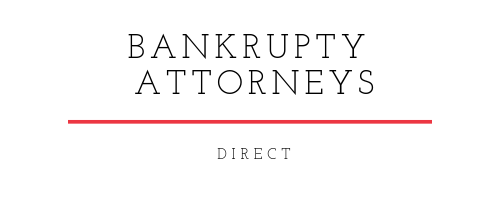Bankruptcy Information
Life is full of unexpected twists and turns that can turn your once, more or less stable financial situation, upside down. Illness, a divorce, addiction, job loss and foreclosure are just a few of the things that many Americans experience, one if not a few of in their life. Any one of these things (and many others) can create a situation where people who normally have good credit and stable financial circumstances, find themselves unable to pay all of their bills.

Mounting Bills
If you have been in this situation or know someone who has, you know how quickly those bills can turn into a stack that there will just never be the funds for and yet, it continues to grow. In this situation, it seems like no matter what you sacrifice and how you shift things around, you just can’t even keep up with them let alone get on top of them. It is a disheartening feeling to be working hard every day or diligently looking for work or to be too ill to work, etc., living modestly and still falling further and further behind.
Bankruptcy May be a Solution
Bankruptcy can provide a much needed solution to the overwhelming feeling of being in debt where, aside from pipe dreams such as winning the lottery, there is no end to it in sight. In many circumstances, bankruptcy can be a viable solution for debtors (the people filing for bankruptcy) to get out from under an unpayable debt while treating their creditors (the entities the debtors owe money to) in a fair manner. Many people who have been overwhelmed by debt have felt like their plates were cleaned and they were given a fresh start once their bankruptcy filing was complete.
There are two main types of bankruptcy individuals can usually file for, Chapter 7 or Chapter 13 bankruptcy. Chapter 7 centers on liquidation while Chapter 13 focuses on reorganization.
Chapter 7 Bankruptcy
Chapter 7 bankruptcy is fairly straightforward and a relatively quick process. The debtor submits all of their non-exempt property to a trustee. Different states have different exemptions but many include a person’s primary residence, trade tools, books, Social Security payments and unemployment payments. The debtor’s exempt property and assets are liquidated and payment is distributed to unsecured creditors. In some situations, a debtor will get a discharge of the remaining debt. Some debts, such as, child support, some tax debt, spousal support, and student loans (to name a few) are not dischargeable.
Chapter 13 Bankruptcy
Chapter 13 bankruptcy involves a debtor making a repayment plan to pay creditors at least some of what they are owed over a three to five year period. This plan is made based on what the debtor can realistically afford to pay. These payments are made to a trustee who then disburses the money. If there is debt remaining at the end of this period, it is discharged. There are limitations to this kind of bankruptcy that a good bankruptcy attorney who is licensed to help people in the state you live in can explain how they may apply to your particular situation.
